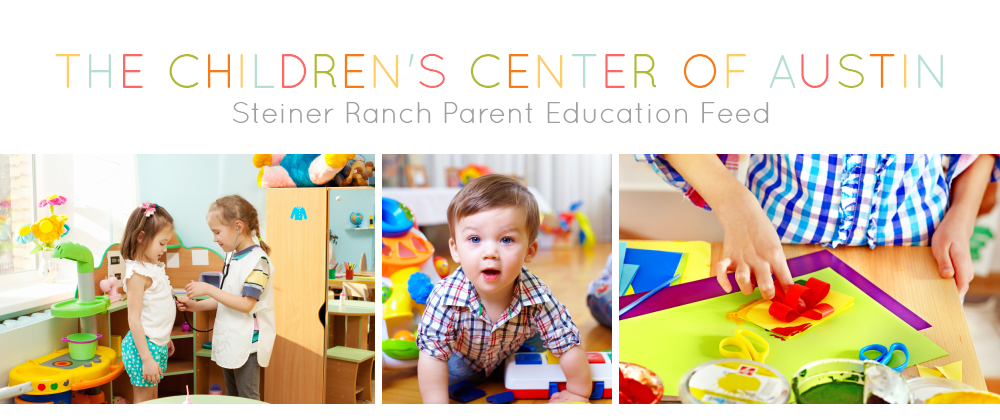Thursday, February 28, 2013
How Does Your Infant Learn?
We love our infant program! Our infant team is incredibly dedicated and highly knowledgeable about infant and toddler development. An infant's first form of communication is by crying. When an infant cries, he/she is only communicating their needs and interests. Parents and caregivers are the infant's first teacher and it is vital that we do our best to provide opportunities for our infants to explore what's around him/her. So how do we give opportunities to our infants so that they can explore? Our curriculum coordinator, Nicole Chisolm recommends spending lots of "face time" with your infant. Talk to your infant as you would to an older child or adult. By talking to your infant, you are promoting language. Be sure to point out objects and people to your infant within your environment as this will help your infant to associate the object with the name.
Infants love to put objects in their mouth. This is commonly known as mouthing. Mouthing helps your infant to feed a need to better know the world around them. By mouthing, infants are able to determine textures, shapes, sounds, and tastes.
By providing your infant opportunities to see, hear, taste, and touch, you are helping your infant to build his/her motor development as well as social and emotional development.
Wednesday, February 20, 2013
Sensory Play Ideas for Toddlers
We are always looking for ways to encourage sensory play for our toddlers. Our toddler teachers, Ms. Sue and Ms. Beth incorporated our toddlers' love and curiosity of animals into sensory play. These sensory bags are very clever and super simple to make for your toddler.
Here is what you are going to need:
- Your toddler's favorite tempera paint color!
- Animals. The CCOA teachers used animal shaped erasers. You could also use small pictures of animals too!
- Ziploc bags
- Clear packing tape
The teachers poured in just enough paint to coat the Ziploc bag and tossed a few animals in. They sealed the bag and taped the bag down on to the table. The children loved touching and squishing the bags. Ms. Sue and Ms. Beth encouraged the children to find and identify the animals. The children had so much fun with the sensory bags. What I loved most about this activity was that there was no mess to clean up.
Ms. Sue used a light blue hair gel and placed a few penguin erasers in the bag. The sensory bag resembled water and ice. Ms. Sue explained to the children that penguins live in a cold and icy environment and that it looked similar to the sensory bag.
Thursday, February 7, 2013
Homemade Bubble Bath
Bubble Bath Recipes
Children's bubble bath can be expensive and sometimes have ingredients that we are unsure of or just plain don't want on our baby's skin. Here are some recipes for natural bubble baths that are not too expensive to make. Check the list of ingredients used for allergies first!
Cherry Berry Bubble Bath
By Pioneer Thinking
Ingredients:
1/2 cup unscented shampoo
3/4 cup water
1/2 teaspoon salt (regular table salt is fine)
15 drops cherry fragrance oil
Directions: Pour shampoo into a bowl and add water.
Stir gently until well mixed. Add salt, and stir until mixture thickens.
Add cherry fragrance and place in decorative bottle.
Lilac Bubble Bath
By Valerie Gladstone
Ingredients:
1 quart (4 cups) distilled water
1 cup unscented shampoo
4 ounces liquid glycerin (skin moisturizer)
5 drops lilac fragrant oil
2 ounces coconut oil
Directions: Mix together and store in a container.
Pour a tablespoon or more in running water for your bath.
Raspberry/Vanilla Bubble Bath
By timethief
Ingredients:
8 oz. unscented liquid soap
2 oz. distilled water
8 drops vanilla fragrance oil
6 drops raspberry fragrance oil
Directions: Mix all and pour into a container.
Pour a tablespoon or more in running water for your bath.
Love Potion Bubble Bath
By Abigail Beal
This bubble bath will put you in a romantic mood.
All of the ingredients are considered aphrodisiacs
– so look out! ;)
Ingredients:
6 drops jasmine oil
3 drops rose oil
3 drops vanilla oil
6 drops ylang ylang oil
1 quart of distilled water
1 bar of castille soap (4 oz. bar melted in microwave)
4 ounces liquid glycerin
Directions: Mix the water, soap and glycerin together and stir. Now add your essential oils to the mixture.
Ingredients
- Castille soap is used to soften and moisturize the skin, its made from 100% Olive Oil. Liquid glycerin, a by-product of soap making, is another skin moisturizer. Also note that if you can’t find unscented shampoo, you can use a mild baby shampoo in its place.
- Coconut oil has a nutty and floral fragrance and almond oil is virtually unscented. Adding a half cup of either one to your bubble bath will soften your skin.
- Essential oils are stored in special cells, ducts, or glandular hairs that are distributed among the roots, leaves, bark, stems, and flowers of the plant. Some sort of an essential fragrance oil is one of the main ingredients in a homemade bubble bath.
- Some essential oils are relaxing and soothing. They include lavender, sandalwood, marjoram, frankincense, myrrh, rosewood and chamomile. They will help relaxing you and help you drop off to sleep. Other essential oils uplift and energize. They include peppermint, spearmint, eucalyptus and lemon oil. Some essential oils have therapeutic effects. For example, eucalyptus oil will break up congestion if you have a cold.
Subscribe to:
Posts (Atom)









